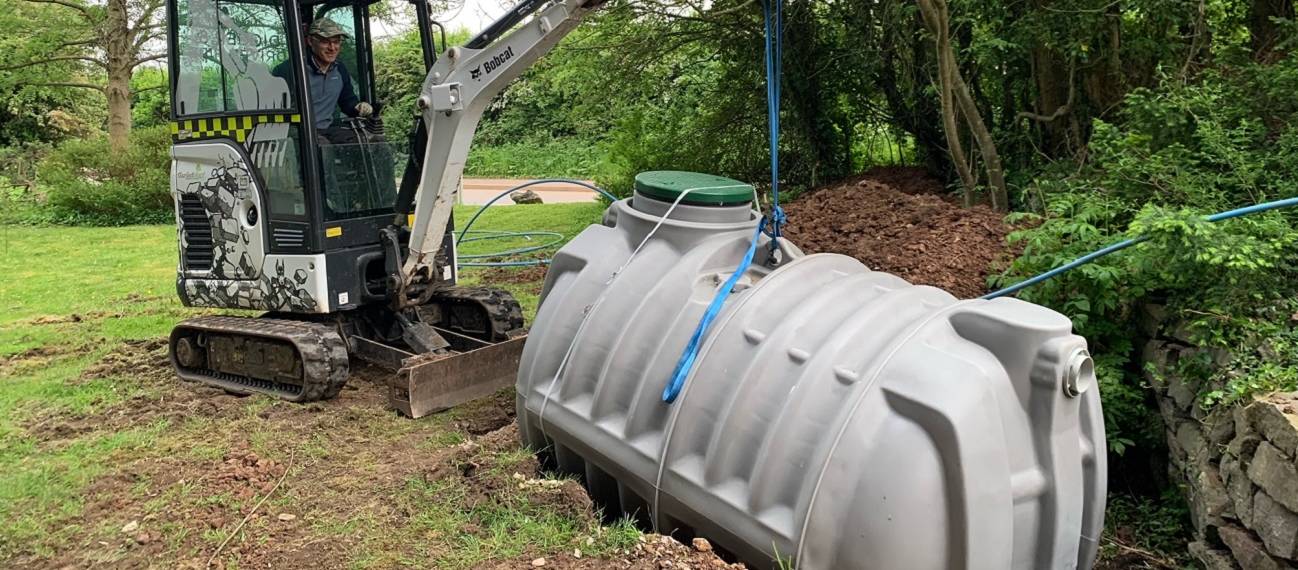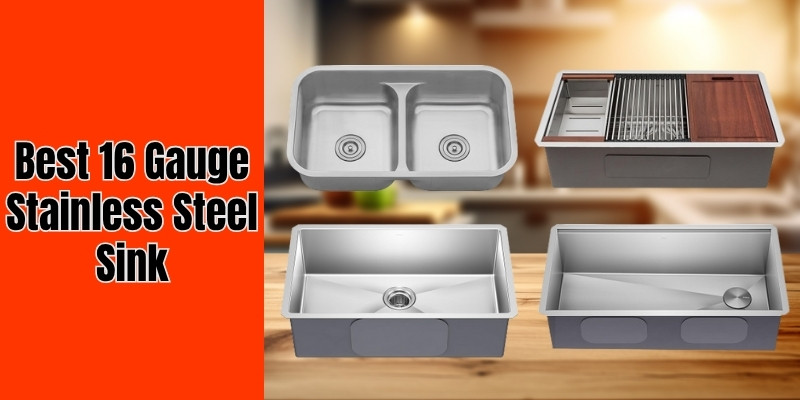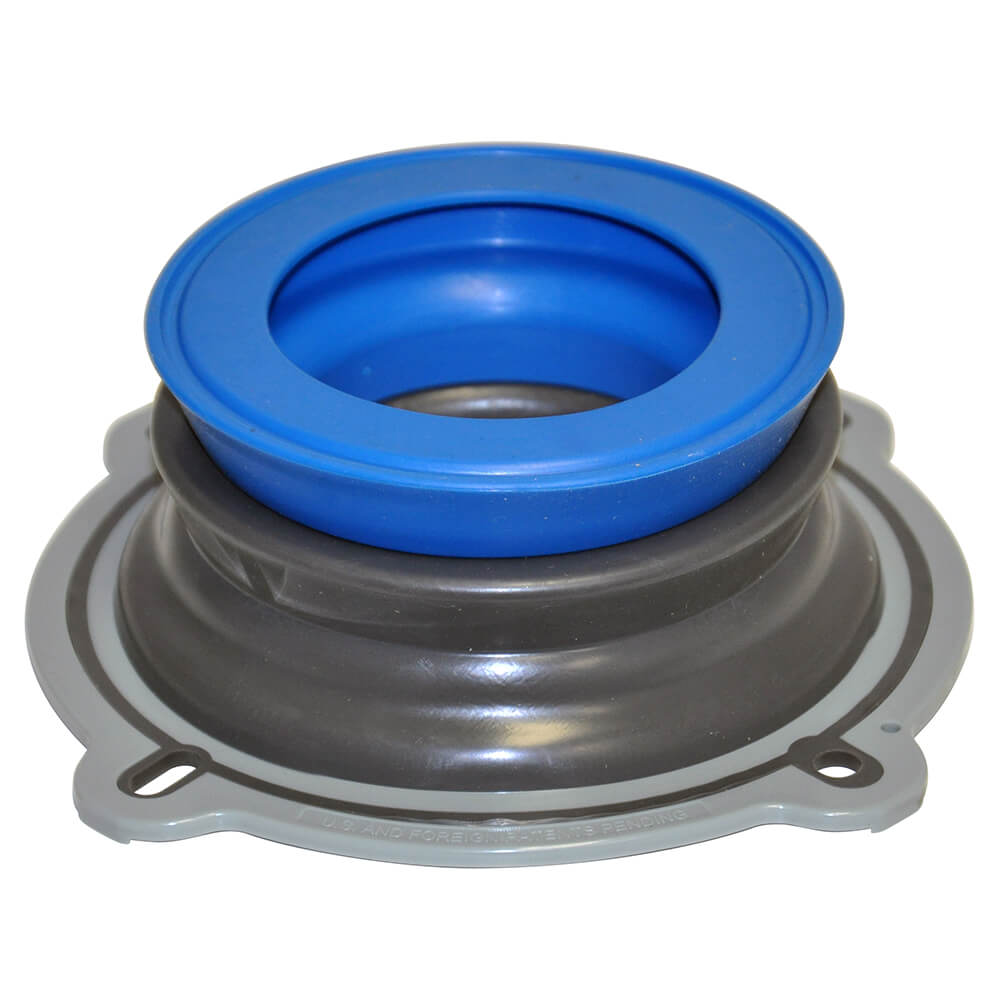Disclosure: This post contains affiliate links and I will be compensated if you make a purchase after clicking through my links. Learn More
Are you confused about whether a septic tank or a cesspool is the right choice for your home? You’re not alone.
Many homeowners find themselves puzzled by these two wastewater management systems. Choosing the wrong one can lead to costly repairs and unpleasant surprises.
That’s why it’s crucial to understand the key differences before making a decision. Imagine never having to worry about unpleasant odors or unexpected maintenance issues.
By the end of this article, you’ll have a clear understanding of septic tanks and cesspools, empowering you to make an informed decision that suits your needs and saves you money in the long run. Dive in to discover the essential differences and ensure your home runs smoothly and efficiently.
Basic Concepts
Understanding the basic concepts of septic tanks and cesspools is essential for anyone managing waste systems at home or on a property. Both systems serve the same purpose: treating and disposing of wastewater.
However, they operate differently and have distinct characteristics. Whether you’re considering installing one or just curious, knowing how they work can help you make informed decisions.
Septic Tank Overview
A septic tank is a watertight container buried underground. It collects household wastewater from bathrooms, kitchens, and laundry rooms. Inside, solids settle at the bottom while oils float to the top, forming scum. Bacteria break down the solids, reducing waste volume.
The treated water, known as effluent, exits the tank and flows into a drain field. This area disperses the water into the soil, where natural processes further filter it. A well-maintained septic tank can last for decades, offering an efficient waste treatment solution.
Imagine hosting a barbecue with friends. You probably don’t think about your septic tank. But without it, your home’s plumbing wouldn’t function smoothly. Regular inspections and pumping keep your system running and prevent unexpected problems.
Cesspool Overview
A cesspool is a simpler structure compared to a septic tank. It’s essentially a pit lined with stones or concrete. Wastewater flows directly into the pit without much treatment. Solids settle at the bottom, while liquids seep into the surrounding soil.
Unlike septic tanks, cesspools don’t separate scum and sludge effectively. This can lead to faster accumulation of waste and potential overflow. The lack of a drain field means they rely heavily on soil absorption, which can be problematic in certain areas.
Think about your backyard. If you have a cesspool, you might notice soggy patches where the system struggles. Cesspools are often seen as outdated and less environmentally friendly. However, they can be suitable for locations with specific soil conditions.
So, which system might suit your needs better? Consider the environmental impact, maintenance requirements, and your property’s specifics. Understanding these basic concepts can guide you in choosing the best waste management solution.
Design And Structure
Septic tanks and cesspools have different designs and structures. Septic tanks treat wastewater with bacteria in a closed system, while cesspools are open pits that collect waste without treatment. Each system has its benefits and drawbacks, depending on the specific needs of a property.
When deciding between a septic tank and a cesspool for your property, understanding their design and structure can make all the difference. Both systems manage waste, but their construction and function are distinctly different. Knowing these differences can help you choose the best option for your needs.
Septic Tank Construction
Septic tanks are typically made of concrete, fiberglass, or plastic. They are designed to be watertight and durable, often lasting decades if properly maintained. The tank has two chambers where solids settle at the bottom, and liquids flow out into a drain field.
A key feature of septic tanks is their filtration system. Bacteria break down solids, reducing the amount of waste released into the environment. This makes septic tanks a more eco-friendly option. Think about your property’s layout. Is there enough space for a drain field? This is essential for septic tank efficiency.
Cesspool Construction
Cesspools have a simpler design. They consist of a large pit lined with stone or concrete rings. Waste is collected directly in the pit, where solids settle, and liquids seep into the surrounding ground.
Unlike septic tanks, cesspools do not have a filtration system. This means they require frequent pumping and maintenance. They can also pose environmental risks if not properly managed. Consider the maintenance commitment. Are you prepared for regular cesspool upkeep?
This might influence your choice. Both systems have their pros and cons. Have you considered the long-term maintenance and environmental impact? Your decision could affect not just your property, but your community’s environment.
Functionality
Understanding the functionality of septic tanks and cesspools is crucial. They both manage wastewater, but operate differently. This section will explain these differences in detail.
How Septic Tanks Work
Septic tanks serve as a part of a simple system. Wastewater flows from your home into the tank. The tank separates solids from liquids. Solids settle at the bottom. Bacteria break down the solids over time.
The liquid, now called effluent, exits the tank. It goes to a drain field. The soil in the drain field further filters the effluent. This process helps protect groundwater from contamination.
How Cesspools Work
Cesspools are more basic in design. Wastewater flows directly into the cesspool. A cesspool is a pit lined with stone or concrete. It allows liquids to seep into the surrounding soil.
Unlike septic systems, solids don’t break down. They accumulate at the bottom. This means cesspools need frequent emptying. Without a proper outlet, they can overflow. This poses environmental risks.

Credit: www.graf.info
Maintenance And Care
Understanding the difference between septic tank and cesspool maintenance is crucial. Regular maintenance keeps systems efficient and prevents costly repairs. Both require attention, but their needs differ. Knowing how to care for each can extend their lifespan. Let’s explore the specific maintenance needs for septic tanks and cesspools.
Septic Tank Maintenance
Septic tanks need regular pumping. This prevents waste build-up. Typically, every 3-5 years is ideal. Inspections help catch issues early. Check for leaks or unusual odors. Keep records of all maintenance. This helps track when the next service is due.
Avoid flushing harmful items. Chemicals, wipes, and grease can clog the system. Use water efficiently to avoid overloading the tank. Spread laundry loads over several days. This prevents system strain. Educate household members on what not to flush.
Cesspool Maintenance
Cesspools require more frequent attention. They need regular pumping to remove solids. Every 1-2 years is advisable. Inspections are vital to ensure proper function. Look for any signs of failure. This includes slow drains and bad smells.
Avoid overloading the cesspool with water. Too much water can cause it to fail. Be cautious with what goes down the drain. Non-biodegradable items should never be flushed. They can block the cesspool and cause backups.
Environmental Impact
Choosing between a septic tank and a cesspool involves understanding their environmental impacts. Both systems handle waste but affect the environment differently. Knowing these differences can aid in making an informed decision. Let’s explore how each system interacts with nature.
Septic Tank Environmental Considerations
Septic tanks treat wastewater before releasing it into the soil. This process reduces harmful bacteria and pollutants. The system uses natural processes to filter waste, lessening environmental harm.
Proper maintenance of septic tanks prevents leaks and groundwater contamination. Regular inspections ensure the system functions efficiently. Leaks or failures can lead to serious environmental damage.
Cesspool Environmental Considerations
Cesspools store waste without treatment, posing environmental risks. They can easily overflow, contaminating nearby soil and water sources. Without treatment, harmful bacteria and pollutants spread.
Frequent maintenance is crucial to avoid seepage. Cesspools can harm local ecosystems if not managed properly. They often require more attention than septic tanks to prevent issues.

Credit: www.premiertechaqua.com
Cost Comparison
Choosing between a septic tank and a cesspool involves understanding costs. Each option has its own financial implications. Knowing these can help make an informed decision. Let’s dive into how these systems compare in terms of costs.
Initial Installation Costs
Septic tanks usually require higher initial investment. The installation process involves technical assessments. Excavation and tank placement require skilled labor. Permits are often necessary and add to costs.
Cesspools, on the other hand, are cheaper upfront. They involve simpler digging and installation. Less labor and fewer technical requirements mean lower costs.
Long-term Costs
Septic tanks often lead to lower long-term expenses. They are designed for long-term use. Regular maintenance keeps them functional. Cesspools can incur higher costs over time. They fill up faster and require frequent emptying.
This constant upkeep can add to expenses. Over years, maintenance costs can exceed initial savings. Septic tanks might be more cost-effective in the long run.
Regulations And Permits
Understanding the differences between septic tanks and cesspools is crucial for compliance. Septic tanks require specific permits due to their treatment process. Cesspools, often more basic, may have different regulations. Local guidelines dictate installation and maintenance requirements for both systems.
When choosing between a septic tank and a cesspool, understanding the regulations and permits is crucial. These systems have distinct rules that can affect your decision. You need to know what’s required to install and maintain each system legally.
Regulations can vary widely depending on your location, so it’s essential to do your homework. But don’t worry, we’ll break it down for you.
Septic Tank Regulations
Septic tanks are subject to strict regulations. You usually need a permit before installation. Local health departments often oversee these permits. They might require inspections to ensure the tank meets safety standards.
Regular maintenance is also mandated. This includes pumping and checking the system every few years. Ignoring these regulations can lead to hefty fines. Or worse, environmental damage. It’s vital to stay compliant with the rules.
Cesspool Regulations
Cesspools generally have fewer regulations. But they aren’t free from oversight. Some areas ban new cesspool installations altogether. Existing cesspools must be monitored. You might need to convert to a septic system if local laws change. This can be costly.
If you’re in an area that allows cesspools, make sure you’re aware of any updates to local laws. Staying informed can save you from unexpected expenses. Are you thinking about installing one of these systems? Have you checked your local regulations? It’s better to be prepared than surprised by legal hurdles.
Pros And Cons
Septic tanks treat wastewater using bacteria, offering a cleaner option than cesspools which simply store waste. Cesspools are cheaper but less environmentally friendly, while septic systems require regular maintenance. Choosing between them involves weighing cost against environmental impact.
Choosing between a septic tank and a cesspool for waste management can be a daunting decision. Knowing the pros and cons of each can make this choice easier. It’s not just about cost but also about longevity, environmental impact, and maintenance. Let’s explore the advantages and disadvantages of both systems.
Septic Tank Advantages And Disadvantages
Advantages:– Longevity: Septic tanks can last for decades with proper care. This makes them a long-term investment for your property. – Environmental Benefits: They treat wastewater naturally, reducing pollution risks. This is beneficial if you’re environmentally conscious. – Low Maintenance: Routine pumping every few years keeps them in good shape. This is manageable for most homeowners.
Disadvantages:– Installation Costs: Initial setup can be expensive. It requires professional installation and permits. – Space Requirements: They need more land. This might be a challenge if your property is small. – Potential for Clogs: Without regular maintenance, they can clog. This can lead to unpleasant backups in your home.
Cesspool Advantages And Disadvantages
Advantages:– Lower Initial Costs: Easier and cheaper to install than septic tanks. They require less infrastructure. – Simple Design: Fewer components mean fewer things can go wrong. This can be a relief if you’re worried about potential repairs. – Space Efficiency: Takes up less space. Perfect for smaller plots of land.
Disadvantages:– Frequent Maintenance: Needs more frequent pumping. This can be a hassle and adds to long-term costs. – Environmental Concerns: They can leak untreated waste into the ground. This poses a risk to local water sources. – Shorter Lifespan: Typically doesn’t last as long as septic systems. You might face replacement costs sooner.
Are you leaning towards one system but concerned about the environmental impact? Or maybe you’re put off by the potential for frequent maintenance? Weigh your options carefully. Think about your property’s needs, your budget, and your long-term plans. Making an informed choice now can save you headaches later.
Choosing The Right System
Choosing the right waste management system is crucial for your home. Both septic tanks and cesspools manage waste, but they work differently. Understanding these differences helps in making an informed decision. This section will help you weigh the options effectively.
Factors To Consider
Several factors influence the choice between a septic tank and a cesspool. Think about the size of your household. Larger families might need a system with more capacity. Consider the soil type in your area. Some systems need specific soil conditions to work well. Regulations in your area may also dictate your choice. Always check local laws and guidelines before deciding.
Comparative Analysis
Septic tanks treat waste more efficiently than cesspools. They separate solids from liquids and allow for natural filtration. Cesspools store waste without treatment. This can lead to quicker filling and more frequent maintenance.
Septic tanks require more space but offer better waste management. Cesspools are smaller but can be less effective and may pose environmental risks.
Frequently Asked Questions
What Is The Main Difference Between Septic Tanks And Cesspools?
Septic tanks treat wastewater using bacteria. Cesspools collect and store wastewater without treatment. Cesspools require more frequent emptying.
How Often Should Septic Tanks And Cesspools Be Maintained?
Septic tanks need pumping every 3-5 years. Cesspools require more frequent emptying, often annually or even more frequently.
Which Is More Environmentally Friendly: Septic Tanks Or Cesspools?
Septic tanks are more environmentally friendly. They treat wastewater, reducing groundwater contamination risks. Cesspools only store waste.
Final Words
Choosing between a septic tank and a cesspool depends on your needs. Septic tanks offer efficient waste treatment and require less maintenance. Cesspools are simpler but can lead to environmental issues. Consider the size of your property and local regulations.
Costs vary, so budget accordingly. Think about future maintenance and environmental impact. Research thoroughly before deciding. Each option has its pros and cons. Make the best choice for your situation. Ensure safe and effective waste management. Your decision affects your home and surroundings.
Plan wisely for long-term benefits. Avoid hasty choices; evaluate carefully.


